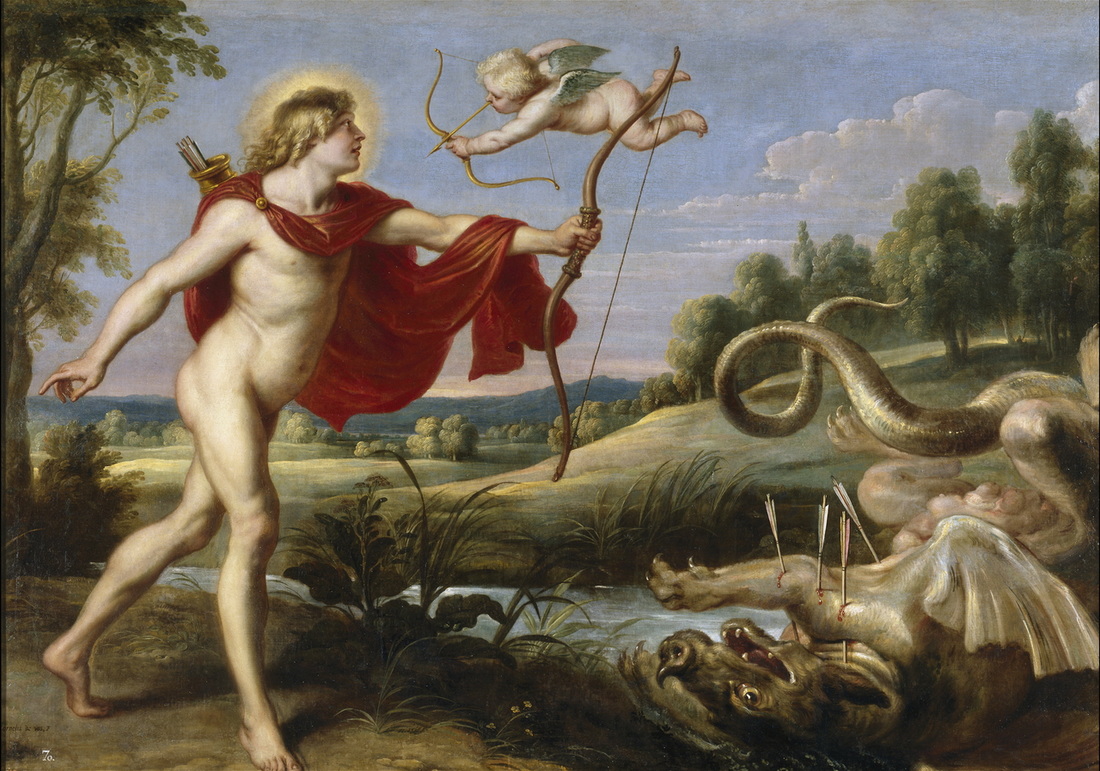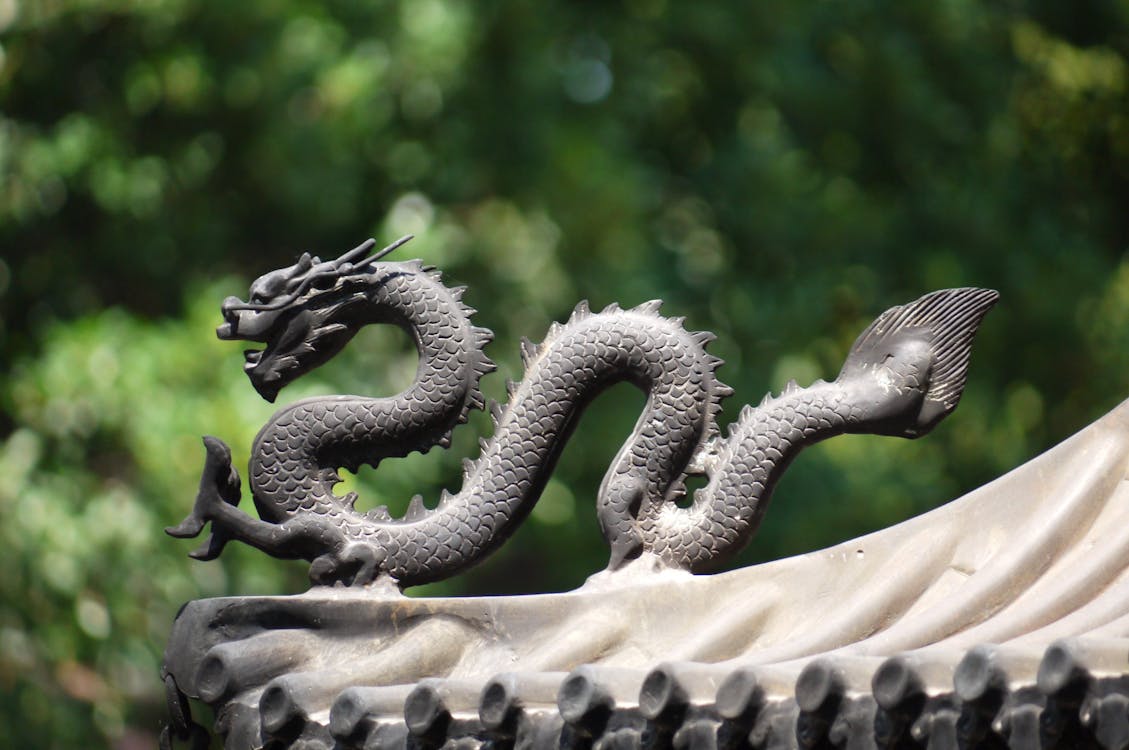One of the most popular mythological creatures is the dragon, a giant serpent who can live in the air, the sea or on land. The dragon is also one of the oldest legends, believed by mythologists to arise from ancient people’s discovery of dinosaur bones. Today, we see many variations of dragons in literature but the fascination with these huge reptiles started far before the modern era. Ranging anywhere from holy protectors to evil gods, these are the first myths of dragons from around the world.
The Mušḫuššu from Mesopotamia

Possibly the oldest dragon myth recorded, the Mušḫuššu dates back to 2100 BCE. “Mušḫuššu” in the language translates to “furious snake.” The Mesopotamians described these creatures as scaly animals with the hind-legs of an eagle, the forelimbs of a lion, a thin, long body, a horned head and a snake-like tongue. They are the children of Tiamat, the primordial goddess of water, and Enki, the god of chaos.
The Mušḫuššu are associated with the deity of vegetation and the underworld, Ningishzida, who slayed them. They also are the sacred animal of Marduk, the patron deity of the city of Babylon. Powers of the Mušḫuššu include bringing good luck and divine protection against evil, much like the Foo Dogs of China. Carvings of the Mušḫuššu still exist on the reconstructed inner Ishtar gates of Babylon, which used to protect the city.
To read more about the Mušḫuššu, click here.
The Egyptian God: Apep

Also called the Apophis in Greek, this giant serpent was actually the deity of chaos in Egypt and the opponent of light and order. He has many titles including Enemy of Ra, Serpent from the Nile and of course, Evil Dragon. Some descriptions of the snake measure him 16 yards long with a head made of flint. Rather than being a primordial being, myths usually explain Apep’s creation as the result of Ra’s birth, forming from his umbilical cord.
Further myths believe every night Ra and Apep would meet during the sun god’s journey through the sky and engage in battle. The sun rising the next morning represented Ra’s victory but the following night revealed that Apep could not be killed.
To read more about Apep, click here.
The Python from Greece

Python was a giant serpent, child of the titan Gaia, who lived at the center of the earth to protect the Delphinic oracle. Sources claim the creature birthed out of the mud left after a great primordial flood. Hera sent this dragon to pursue another one of Zeus’s innumerable love interests who was pregnant with twins Artemis and Apollo.
Apollo took revenge on the serpent for tormenting his mother and slew Python with a volley of a hundred arrows, claiming the Delphinic oracle for himself. In the attempt to purify himself of his sin, Apollo became the founder of the Pythian games at Delphi. Named after the slayed Python, these games are the second of the Panhellenic games, following the Olympics.
To read more about the Python, click here.
The Qiulong from China

The Qiulong, or Chinese horned dragon, dwells in the clouds or in water. Chinese mythology depicts the creatures as lithe, thin serpents with the antlers of a stag, claws of an eagle, ears of a cow and a horse’s tail. The Qiulong were believed to be extremely powerful creatures that when they fly, they create storms and lighting around them. Overall, their powers consist of divinity, water, weather and wealth. They also often own a giant pearl which, to some myths, claim is the source of their immortality and strength.
Qiulong exist in Chinese legends for centuries and appear in multiple places. They especially were associated with the imperial rulers and so often can be found in items from royalty. There are countless myths about specific dragons as well as kings imbued with the powers of the dragon.
To read more about Qiulong, click here.
The Livyatan from the Hebrew Bible

Translated to the English name “Leviathan”, the Livyatan was a primordial fire-breathing sea serpent in Jewish mythology. Appearing in Psalms 74:14, this creature is described as a multi-headed snake killed by the archangels and given to the Hebrew people who were starving in the wilderness. The Hebrews also associated Livyatan with enemies of Israel. Its brothers are Behemoth, the giant of the earth and Ziz, the monster of the air.
When Christianity took over the Old Testament, Livyatan received the name change to Leviathan. Also, the creature became a symbol for the devil and general evil. In Catholicism, Leviathan is the name of the sin of Envy. Over time, Livyatan became a serpent-like demon rather than a powerful spirit of heaven.
To learn more about the Livyatan, click here.
Dragons are possibly the oldest myth to ever exist. Their physical features, powers and history have changed throughout the centuries, but the human love of telling these stories has not faded. Hopefully you enjoyed learning about some of these mythical beasts’s vast history. To read more about modern-day dragons, see our article 10 YA Fantasy Books with Dragons That Will Set Your Shelves on Fire.















